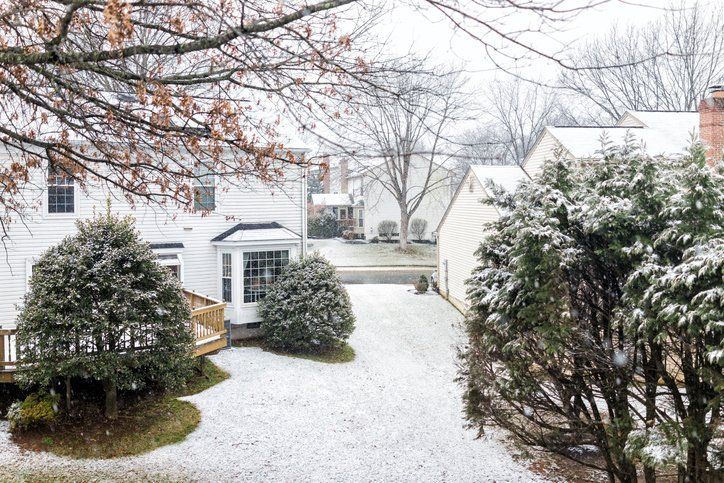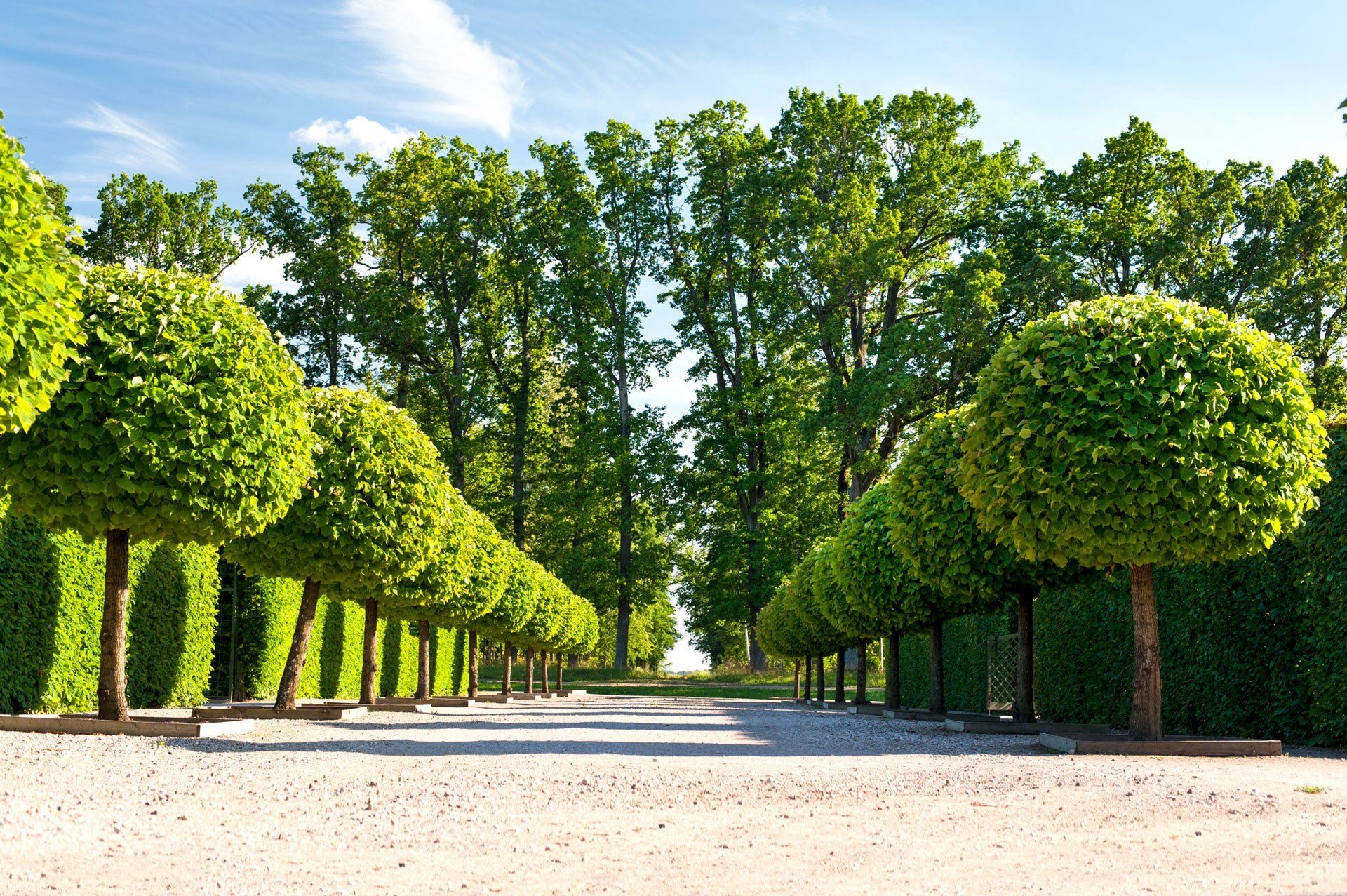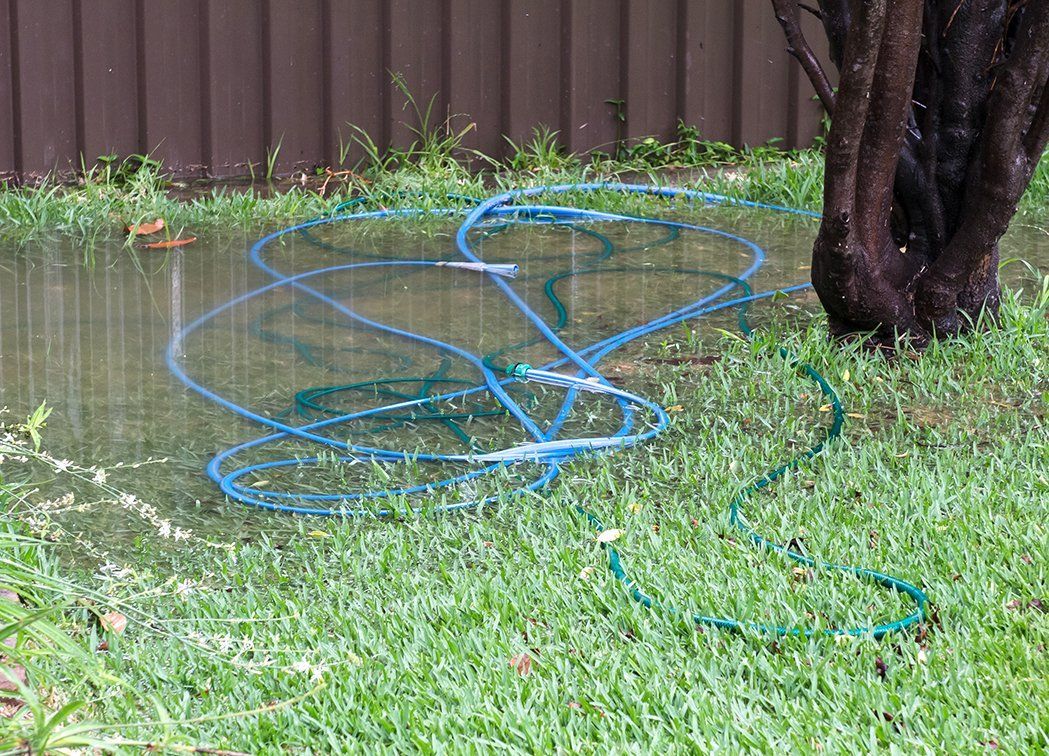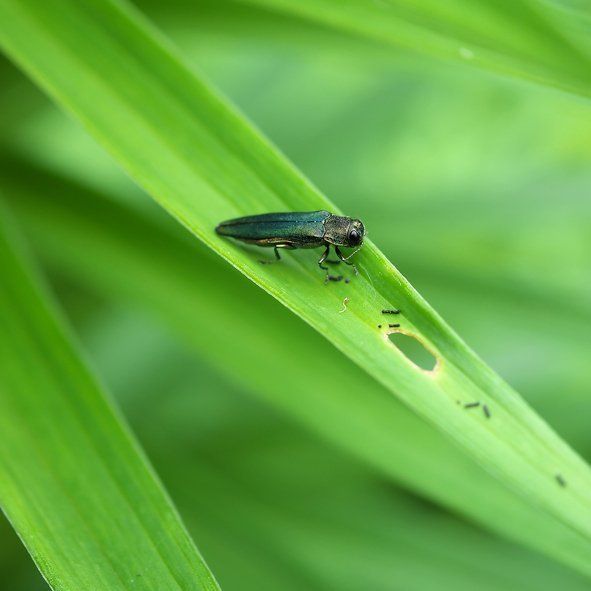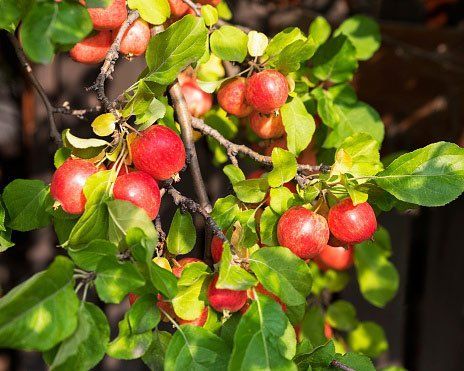IN A DRY SEASON: TIPS TO PROTECT YOUR TREE FROM DROUGHT
By Admin • June 10, 2018

When the summer heats up and the spring rain stops falling, you might see some of the plants in your yard begin to suffer. Shrubs may have brittle, yellowing leaves and your lawn may go from green to brown.
Grass and small shrubs are often the first casualties of dry summer weather, but your trees can also experience long-term negative effects, even if they seem to be doing fine. Persistent dry weather can cause root growth delay and loss of foliage, and can put your tree at risk for insect infestations and diseases. They will heal more slowly from pruning and storm damage.
Trees take longer to show signs of drought damage, but you can help prevent any issues if you take action before your tree starts to look sickly; don't focus all your efforts on your grass and smaller plants. Trees take droughts hard, and they are more costly and complicated to replace should they die due to lack of water.
Here are some simple tips that can help you protect your tree from drought-like conditions this summer
STOP ALL PRUNING
When your tree is healthy and water is plentiful, effective pruning helps to foster new growth and longterm structural health. However, pruning taxes a tree. After opening wounds from cutting out branches and removing foliage, the tree has to put a lot of resources into sealing off the affected areas.
During a drought, your tree might not have the resources to recover from pruning. Try not to prune at all until water is plentiful again. If you have a wind storm, you should contact a tree service
about rehabilitation instead of trying to fix the damage yourself, especially if the summer has been unusually dry.
REDUCE FERTILIZER
If a tree is showing signs of drought stress, such as wilting leaves and reduced growth, many well-meaning property owners use fertilizer, thinking it will help boost the tree back to life. However, the tree is not suffering from loss of nutrients; it is suffering from water loss.
Without sufficient water, extra fertilizer will actually draw more water from the root fibers, resulting in root death. Always consult a tree specialist before adding fertilizer, especially if your tree is still a sapling with tender roots.
SPREAD MULCH
Mulch helps to prevent moisture loss from the soil and it helps to protect roots that might be growing close to the soil surface. Spread mulch thickly over the entire root area; it should extend about as wide as the tree canopy.
SET UP SLOW, EFFECTIVE WATER DELIVERY
Finally, you will most likely need to provide water for your trees if you hope to see them through a dry season. A basic watering every day is not the best use of your water, especially if it is rationed. There are two ways you can water your tree effectively:
1. Use a drip system.
Using a hose with hole punctures, set up a watering perimeter around the base of the tree. Put the hose in a spiral outward toward the edge of where the canopy ends; this is where the newest root growth is. New roots absorb most water and nutrients for trees.
Run the hose on low pressure most of the time. The water will slowly leach down into the soil, providing constant moisture for your tree. If water is too scarce for this type of watering, you might keep the hose running for one day and then turn it off for two or three days. The deep watering with limited evaporation and runoff is what is most important.
This is the best system for young or vulnerable trees.
2. Water deeply twice per month.
Some more mature trees may not need constant drip watering. Instead, they need a good soak. About once every two weeks, run a hose over the root area. Leave the hose on for most of the day (you can save up rationed gallons for these waterings).
The water will soak down into the soil and provide enough water to keep the tree thriving until the next deep water.
For more information on preventing drought damage, contact us at County Tree Service.

